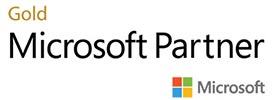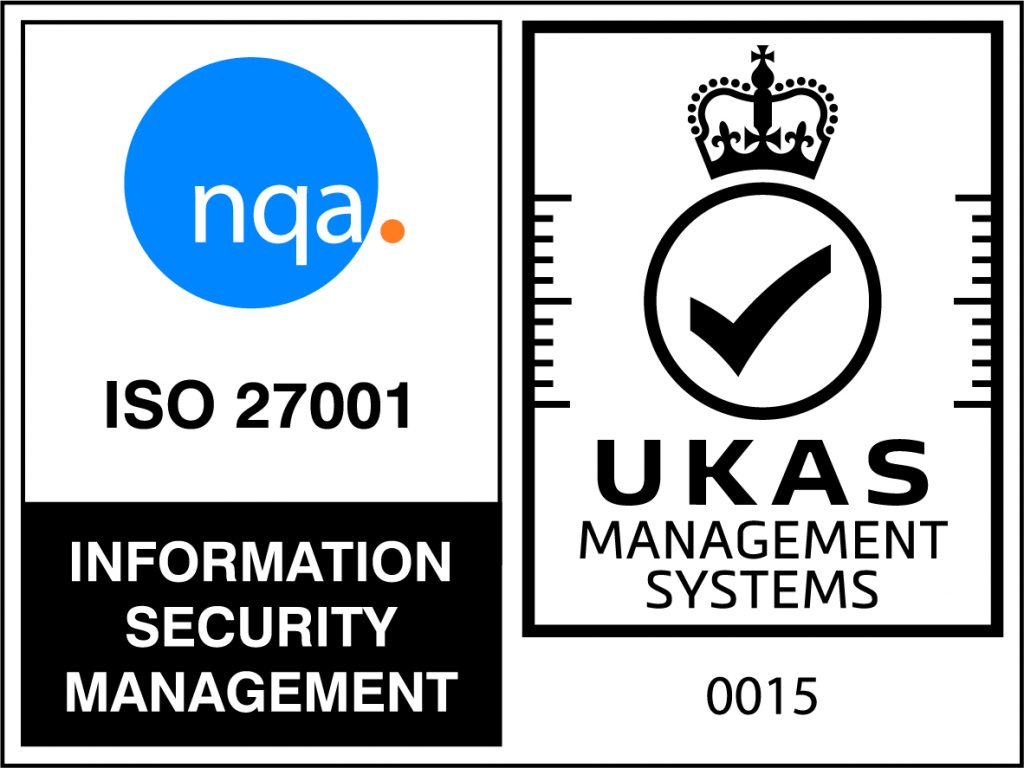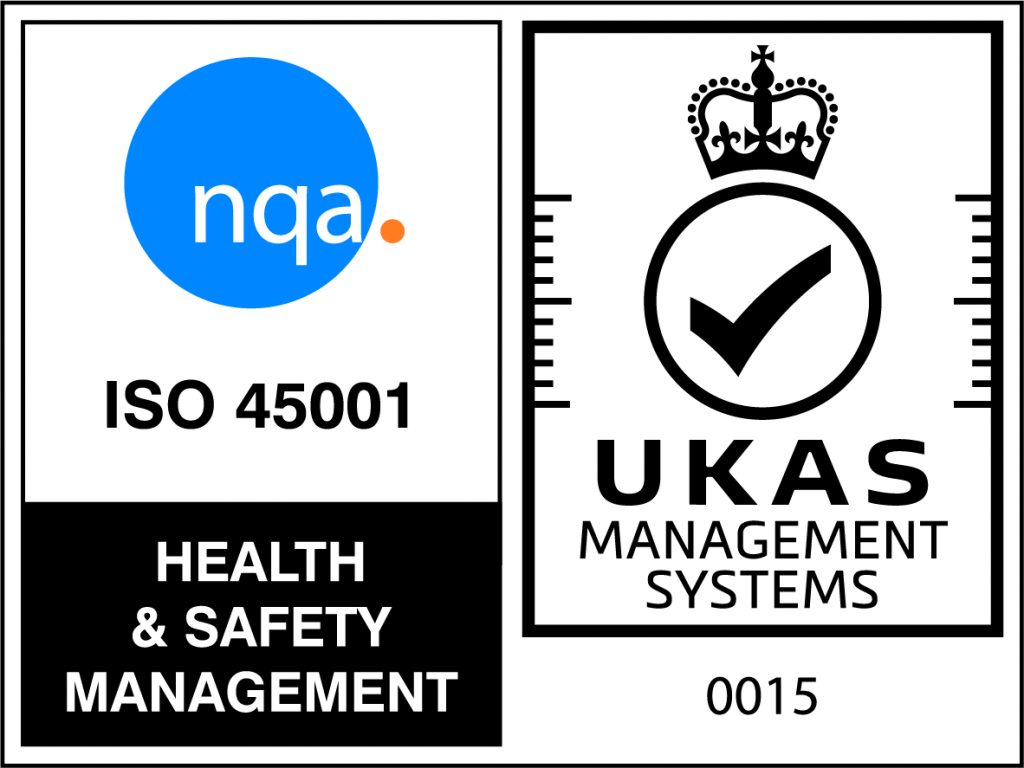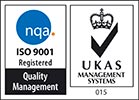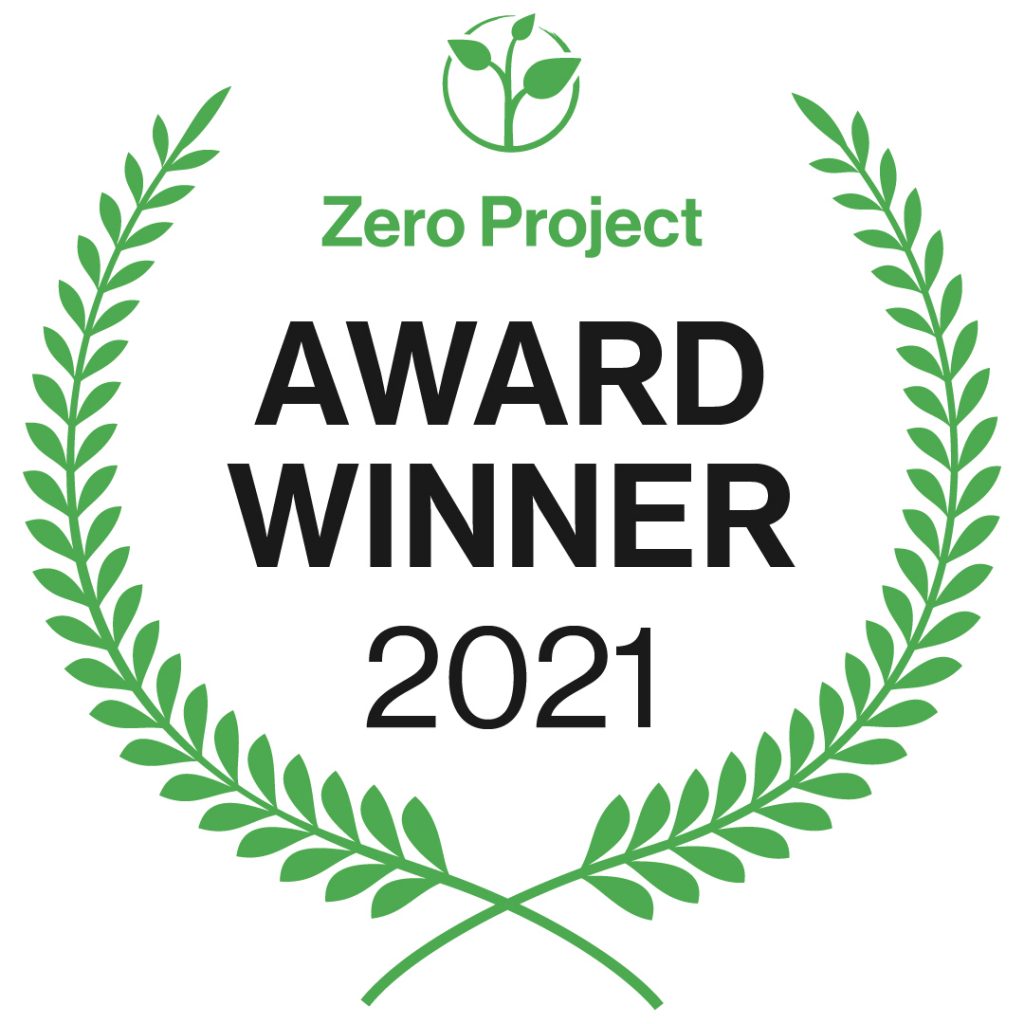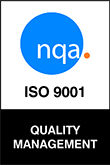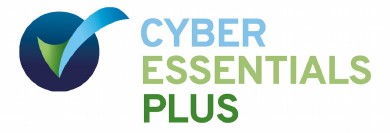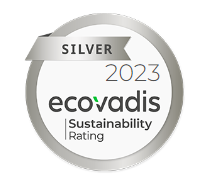In a world where technology has the opportunity to change the lives of people around the world, there are more than one billion people who are too often overlooked. For those who have decided to help change this, the journey from inaccessible to accessible is non-linear. The process from non-inclusive to inclusive is one that requires compassion and determination. One which needs curiosity, humility, intention, and commitment.
Step One: Just get started
When designing inclusive and accessible products, the most important step to take is the first one. The hardest part is truly getting started, not just because the work is challenging, and it can be, but because of the imposter syndrome one might feel when they get started. I remember being scared about giving a wrong answer, being found out as a fake, or not knowing what I was doing. So, I learned all I could, I partnered with people in the community, and, of course, I made mistakes and tried to learn from them.
Take things one step at a time. Start with one feature, co-design, build it, and test it with the community – then move onto the next one. Or start with one person, learn from them what’s not working and try to address that. Then find someone else and see what’s missing for them. Over time your product will become more robust, more thoughtful, and more inclusive.
In 2009, YouTube started with automated captions in English. There was some concern that the captions weren’t “good enough”. The team decided to launch it anyway, and the feedback was really interesting – yes it’s not perfect, but even imperfect is far better than nothing. At the time of this writing, we’ve expanded the number of automated caption languages supported to 13, and the quality is getting better and better.
When working on an application, website, or service that has been in production for a while there’s likely a lot of legacy code that was designed and implemented without accessibility in mind. In this situation, “where to start?” is a question I’m often asked. There’s no wrong answer other than not getting started. Some things to think about are: who are our customers? Are there any low hanging fruit? In these situations, automated tools like Chrome Lighthouse, Android’s Accessibility Scanner are excellent places to start. It’s important that any changes are tested with the people from the community you’re looking to serve.
The first step is often the hardest, but it’s the most important.
Step Two: The only constant is change
There is no such thing as a “totally accessible for everyone” app or website. We work with and on behalf of real people in the world, each with a unique set of needs and abilities. A person’s abilities will change over time – if we are lucky enough to age, our hearing and vision often deteriorate. There may be traumatic injury or illness that can cause a more gradual change. For other people, their abilities will change over the course of the day.
In accessibility, change is one of the greatest challenges we face.
A website may be technically compliant based on WCAG 2.1 AA, but that doesn’t mean that it can be used by everyone. There could be usability issues that are so severe that the app might as well not be accessible. There may be a bug in a web browser, OS, or tool like JAWS or NVDA. There are many reasons why, despite the best efforts of everyone involved, an app or experience might not be accessible at all times.
Also, regulations and laws change over time, and while it can feel like the finish line is moving (and it can), just keep progressing forward. How one pitches the work in an organisation can help or hurt the momentum. If you lean too heavily into the legal argument, your team may feel burned by having goalposts shifting “mid-game” because of the evolving landscape of laws and regulations. If you lean into the business opportunity, or the creative design/engineering challenge of solving for people with different needs, or doing it because it’s “the right thing to do”, the changing landscape doesn’t seem to hurt as much. Our work is done for different reasons (reputation, risk, opportunity). So, as long as those reasons are tailored to your team and communicated consistently, it’s easier to keep alignment and momentum.
Next, don’t forget that organisations evolve over time. Members of the team come and go. Leaders come and go, and especially in the earlier stages of an organisation’s accessibility maturity, this can pose a challenge to keeping accessibility a priority. Each time a new leader comes, one needs to roll up their sleeves and work to get to know this new person and what motivates them.
Finally, technology is constantly evolving. There are always new form factors, operating systems, new competition. Five years ago, automated captions were often derided as “craptions”; today they’re being embedded everywhere. In fact, things have become so good, that during conference I recently attended, people were frustrated by the latency of a human-based captioner more than incorrect words (a huge step forward since YouTube of 2009). Looking towards the next five years, Augmented Reality seems to be the next, new frontier, where wearables will replace mobile phones. This is an entirely new paradigm that will require new accessibility features and adjustments.
Realising that change is the only constant, learning to be more comfortable with ambiguity is an important part of longevity in this or any industry. On a personal note, building up a meditation practice and learning what is or isn’t worth worrying about has boosted my own resilience. One cannot change the past and worrying about the future doesn’t help either. Being present in the now has helped me at times when guilt or anxiety could have caused me to react instead of acting from a place of thought.
Become comfortable with change and evolve your pitch for those you speak to.
Step Three: Progress over Perfection
This brings me to a key factor in terms of longevity in this industry. For me, I find this factor best articulated by the guidance of the Serenity Prayer (non-theistic version below):
“May my practice grant me the serenity,
To accept the things I cannot change,
Courage to change the things I can
And wisdom to know the difference.”
Having an understanding of one’s goals is critical to being successful. If the goal is technical compliance, that is something that can be measured and validated – but that validation is a reflection of a moment in time, which could change tomorrow for reasons beyond your control.
However, if the goal is to make the “most accessible” app or experience, that is something that can also be measured – but it is key to remember that you’ll never be “done”. Spend time working with the communities you want to support, listen to their problems and their recommendations for solutions. Remember that everyone’s needs are different, so provide different customizations to meet your users where they are. Continue to learn about needs and then work to support them. Keep moving forward for someone new.
This is what I mean when I talk about Progress over Perfection – a term that Meryl Evans and I coined a few years ago. We’re never going to achieve perfection, so don’t let that be the goal. Instead, make sure that you continue to do the work. Get started, recognizing that change is inevitable, and keep on making a difference in the lives of billions.
It’s about the journey, about the process. It’s about continued progress, not perfection.

 Back to News
Back to News








